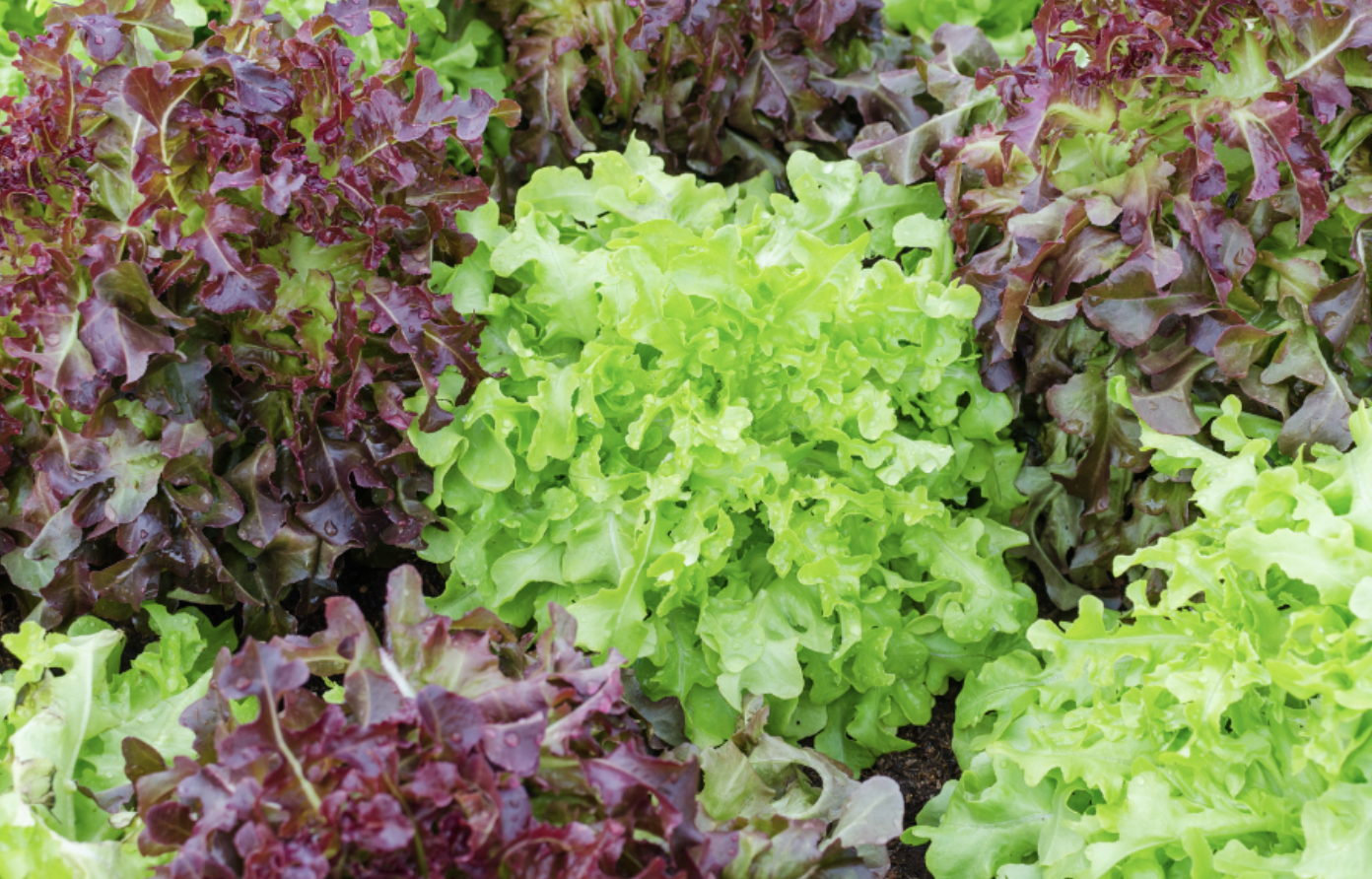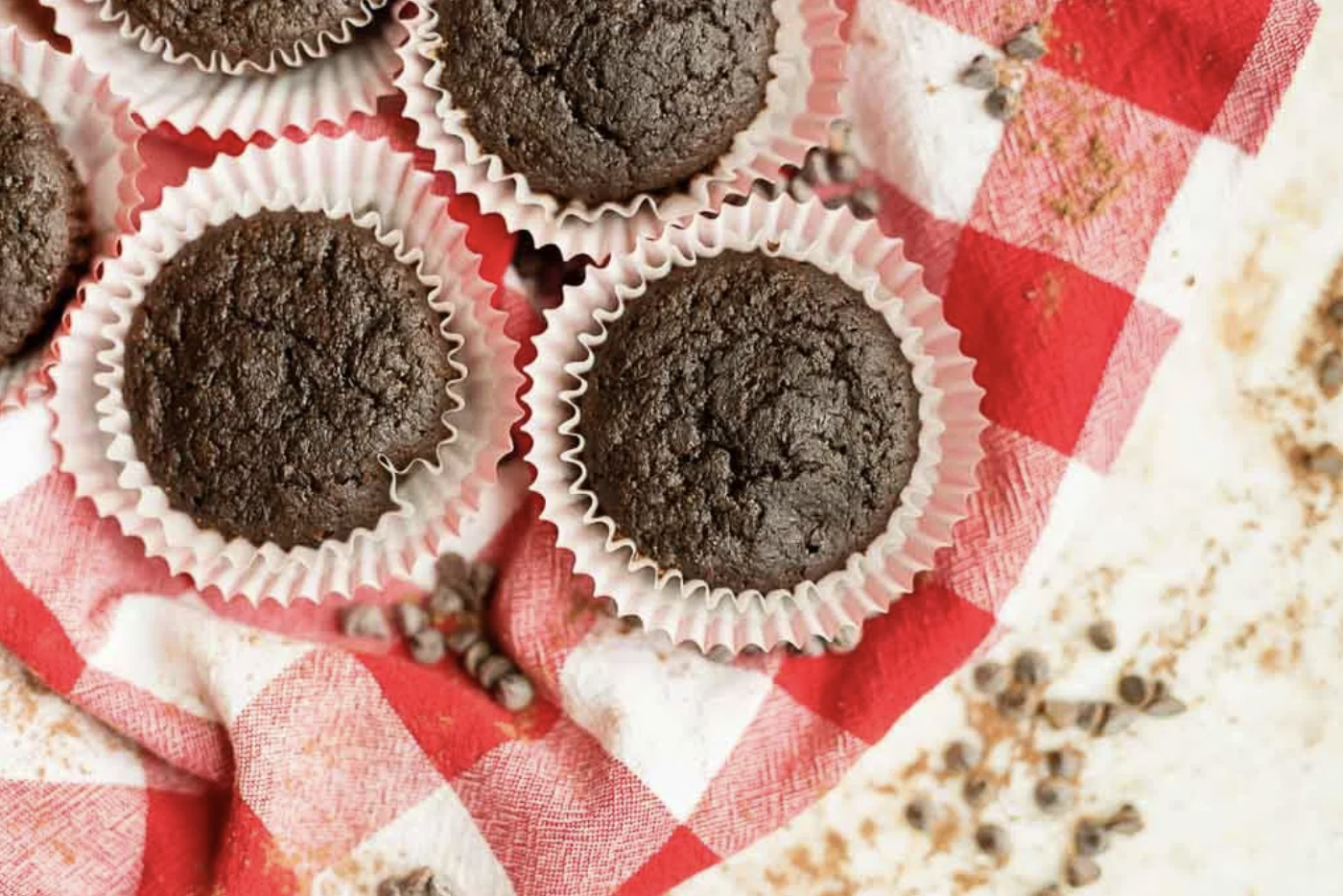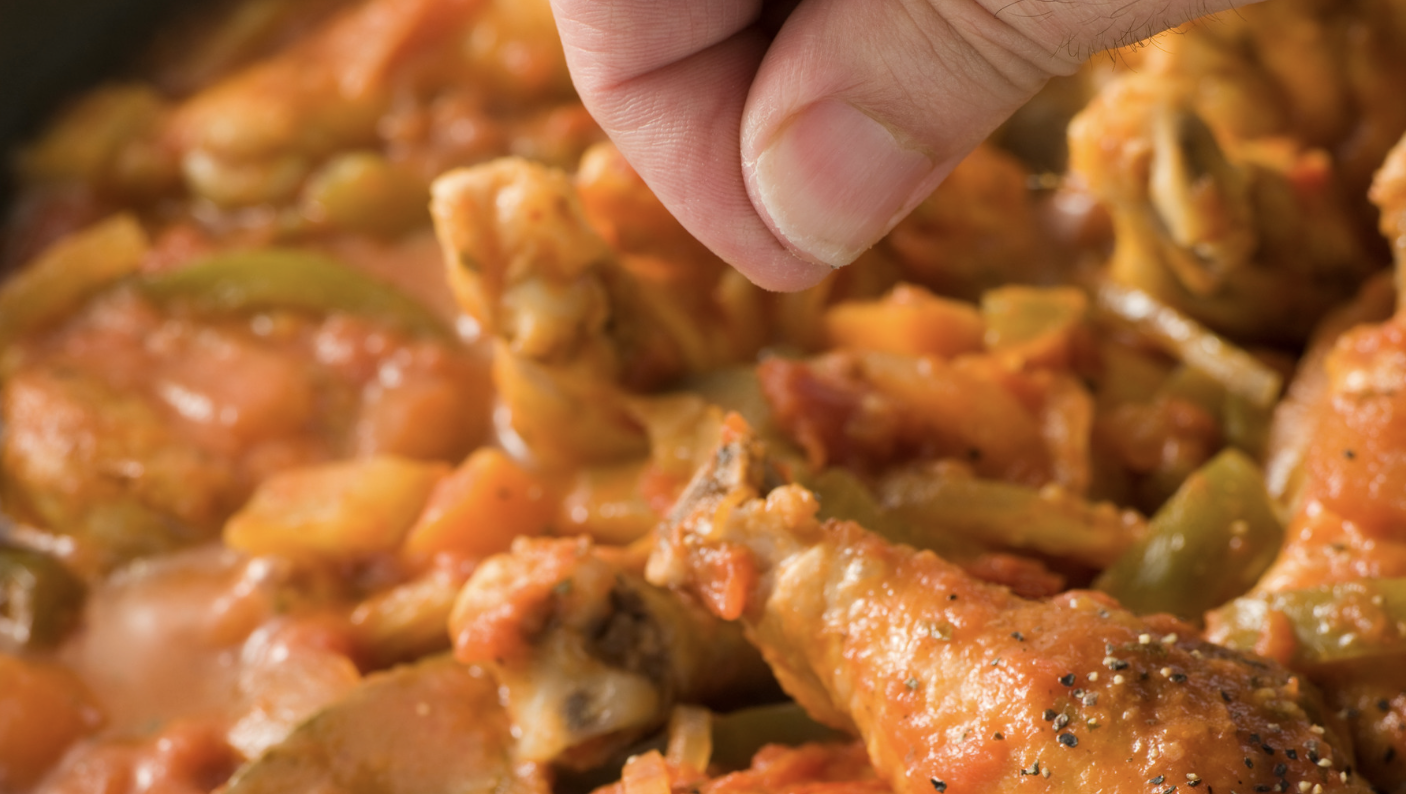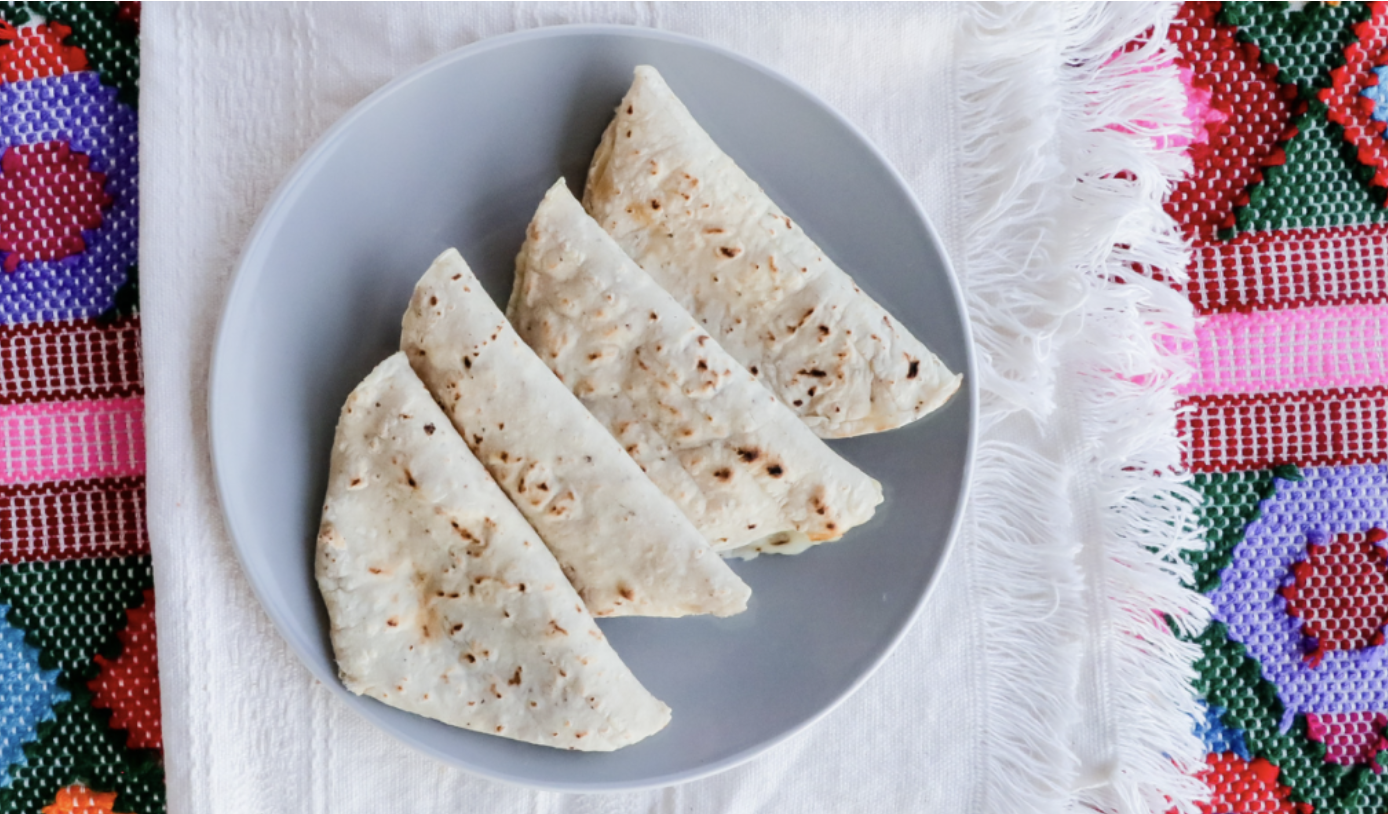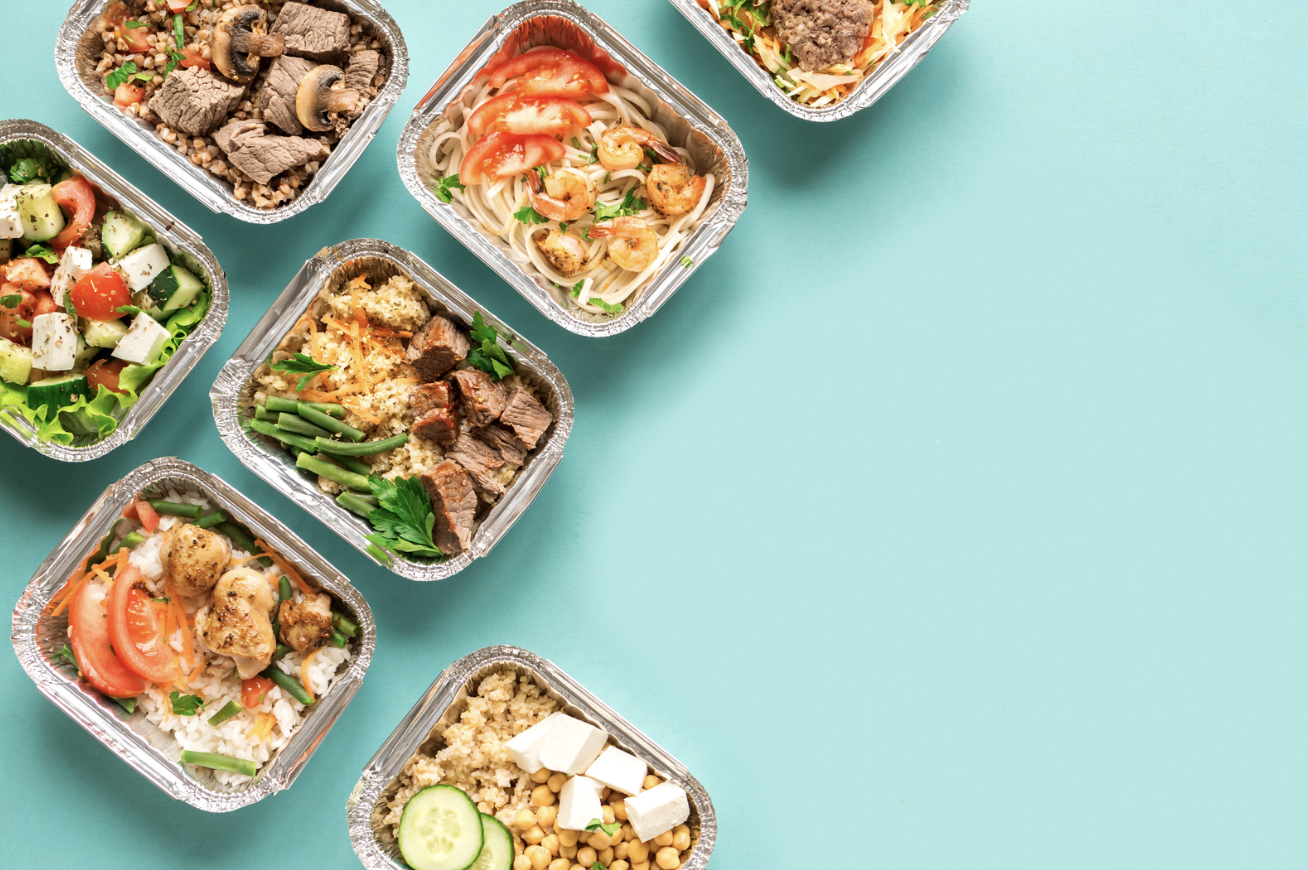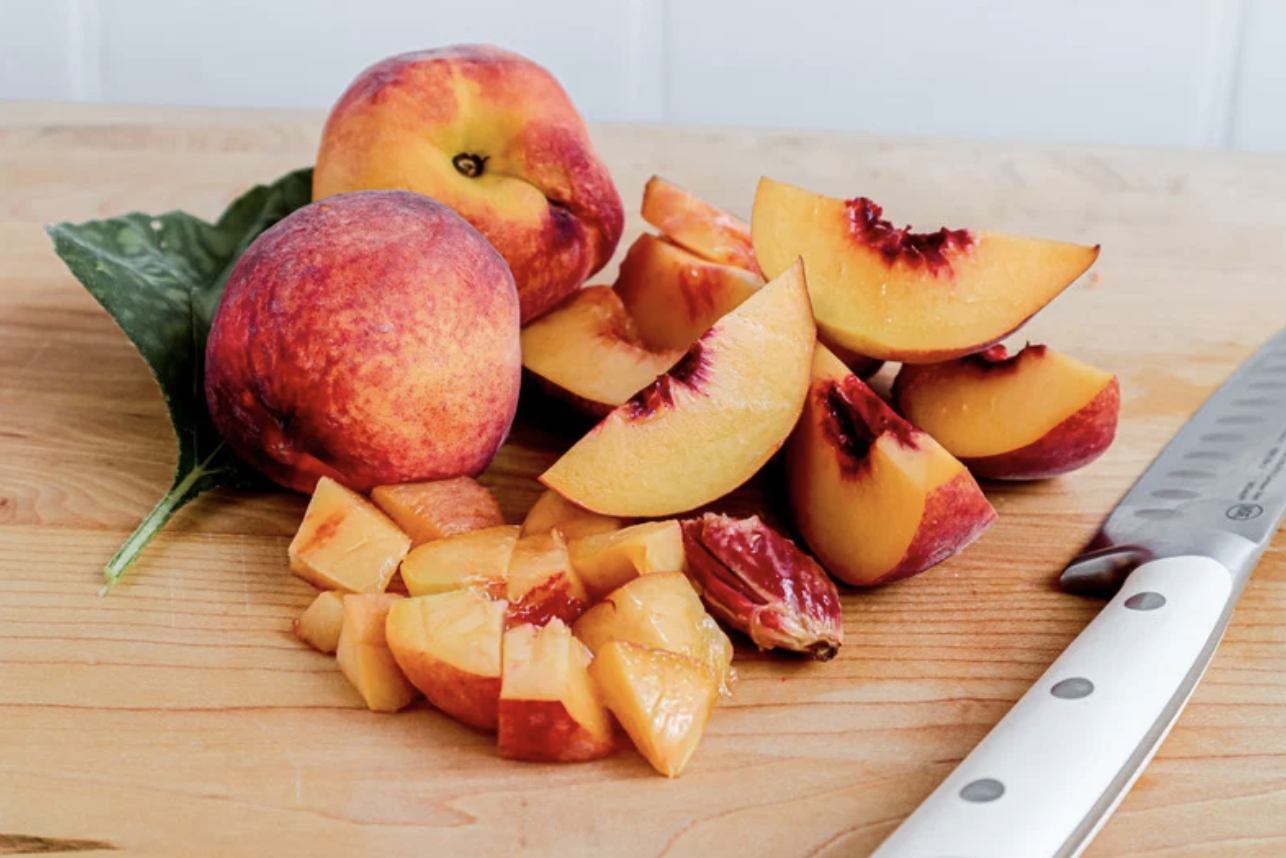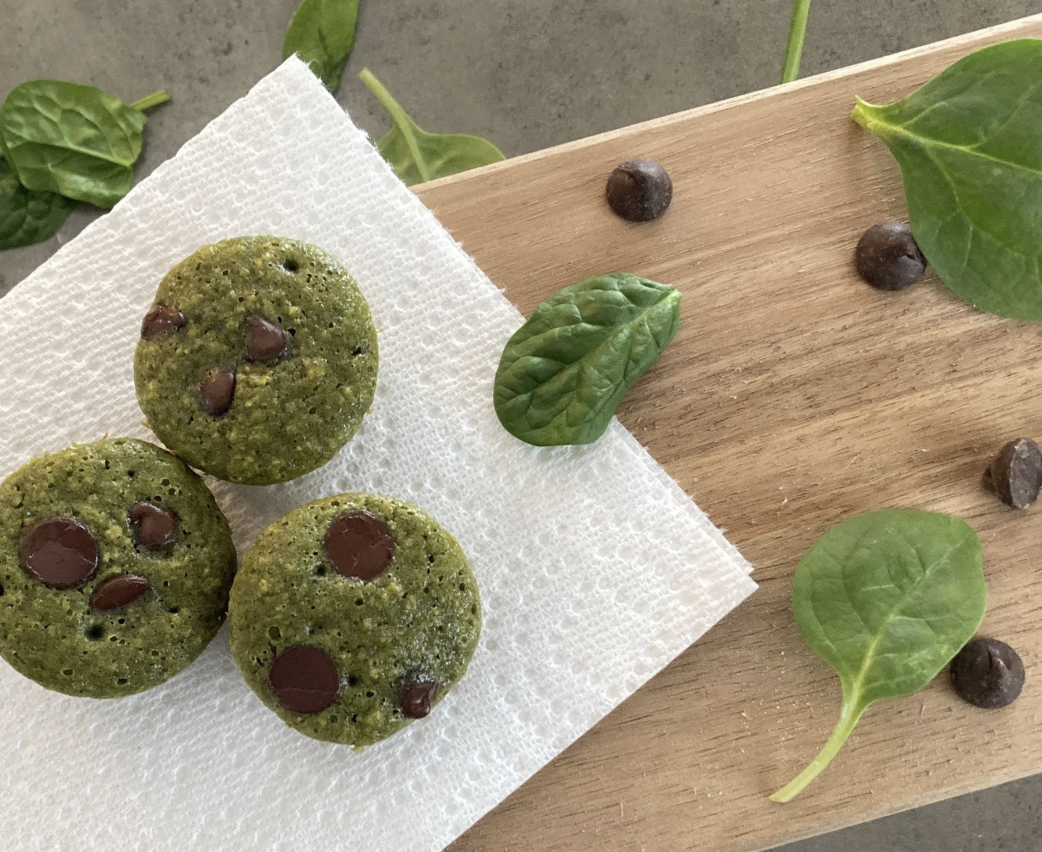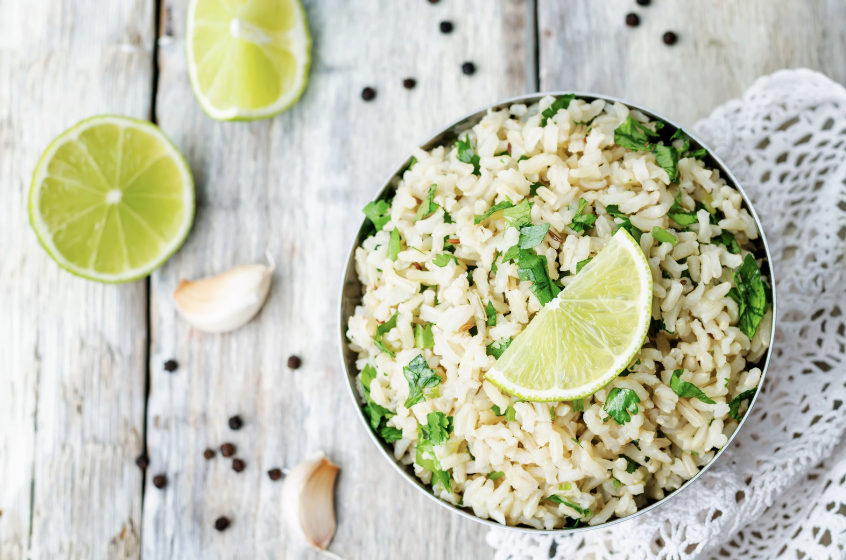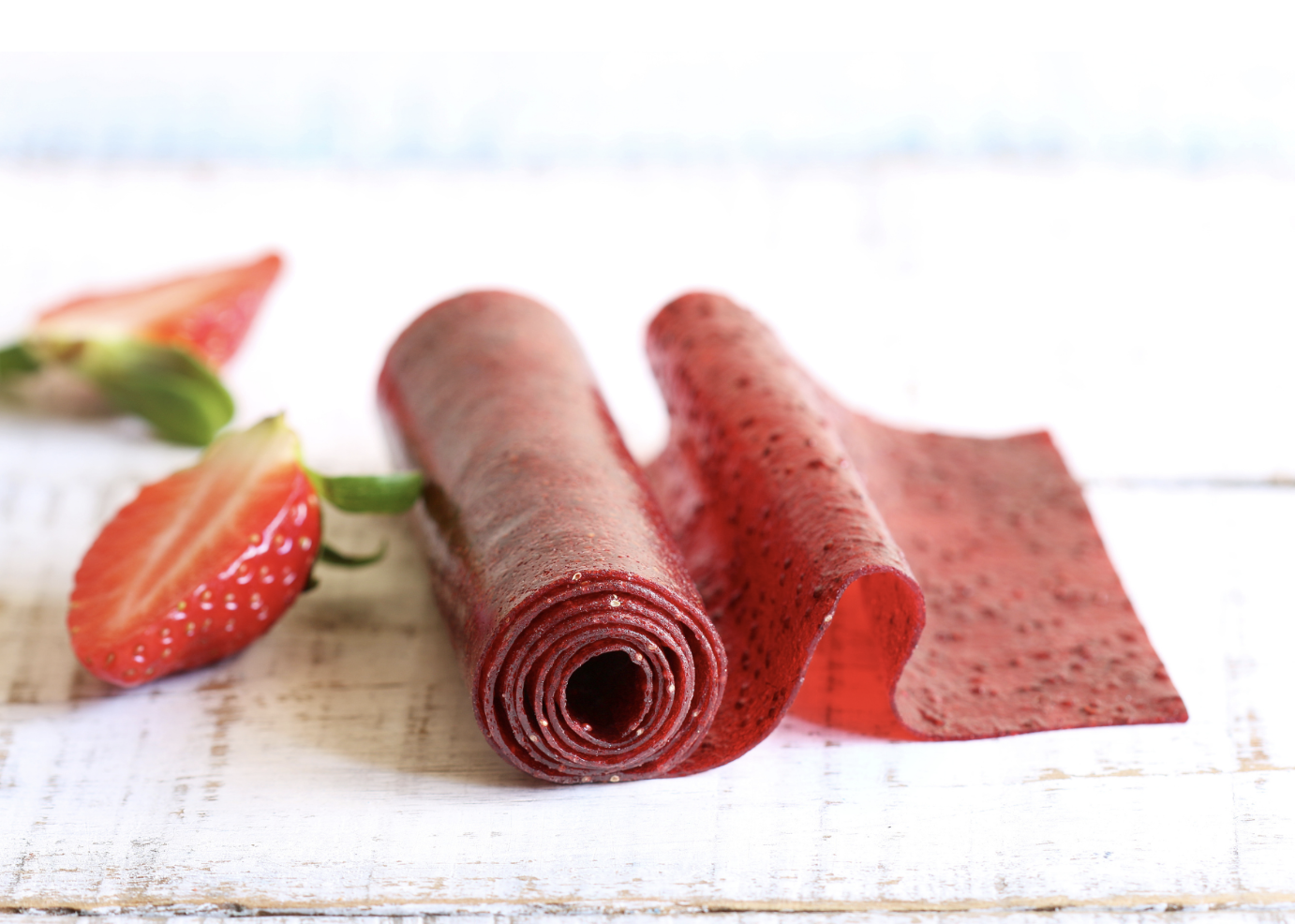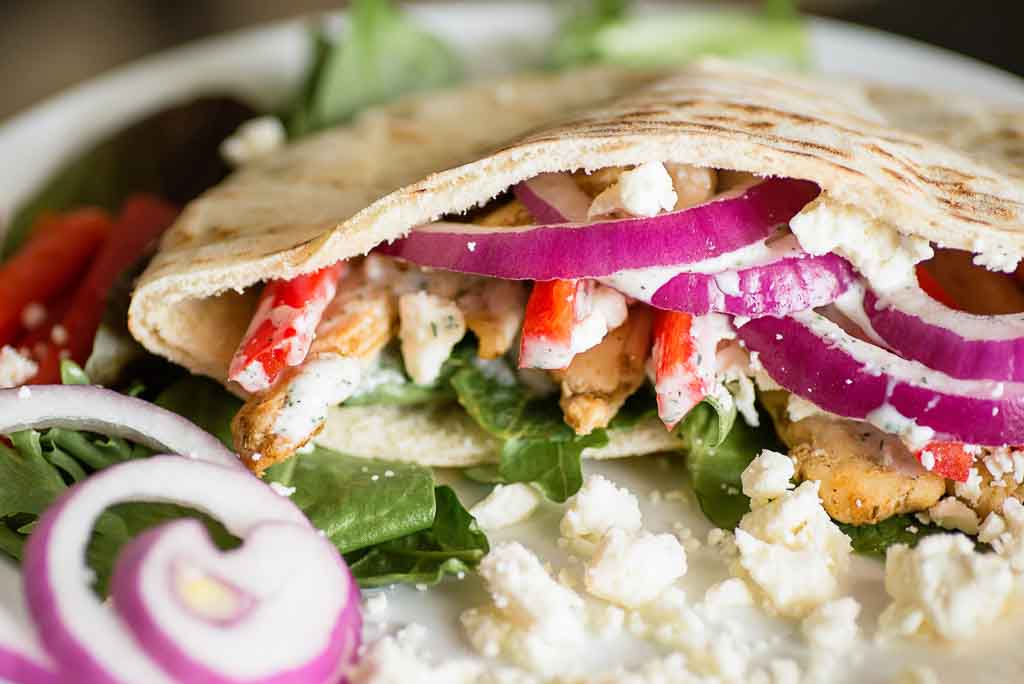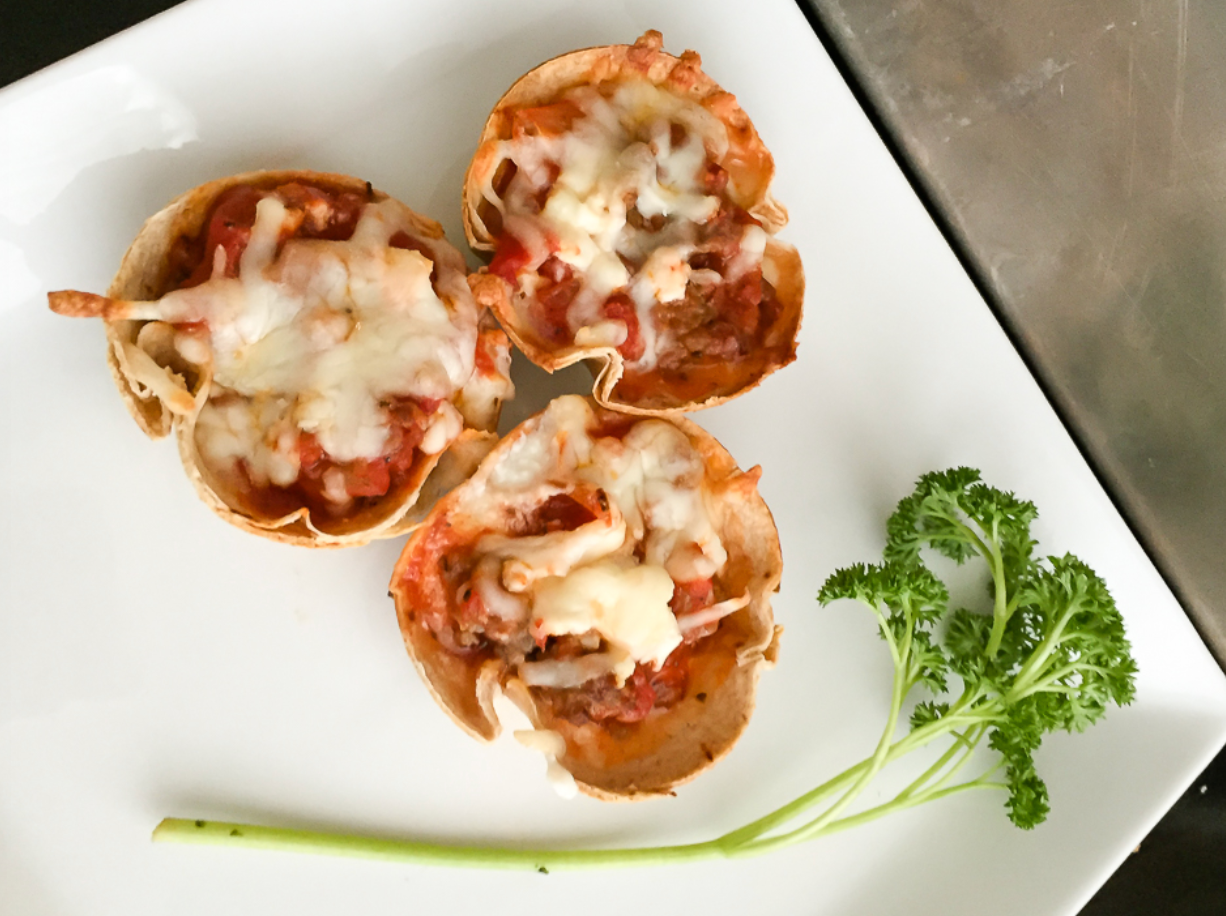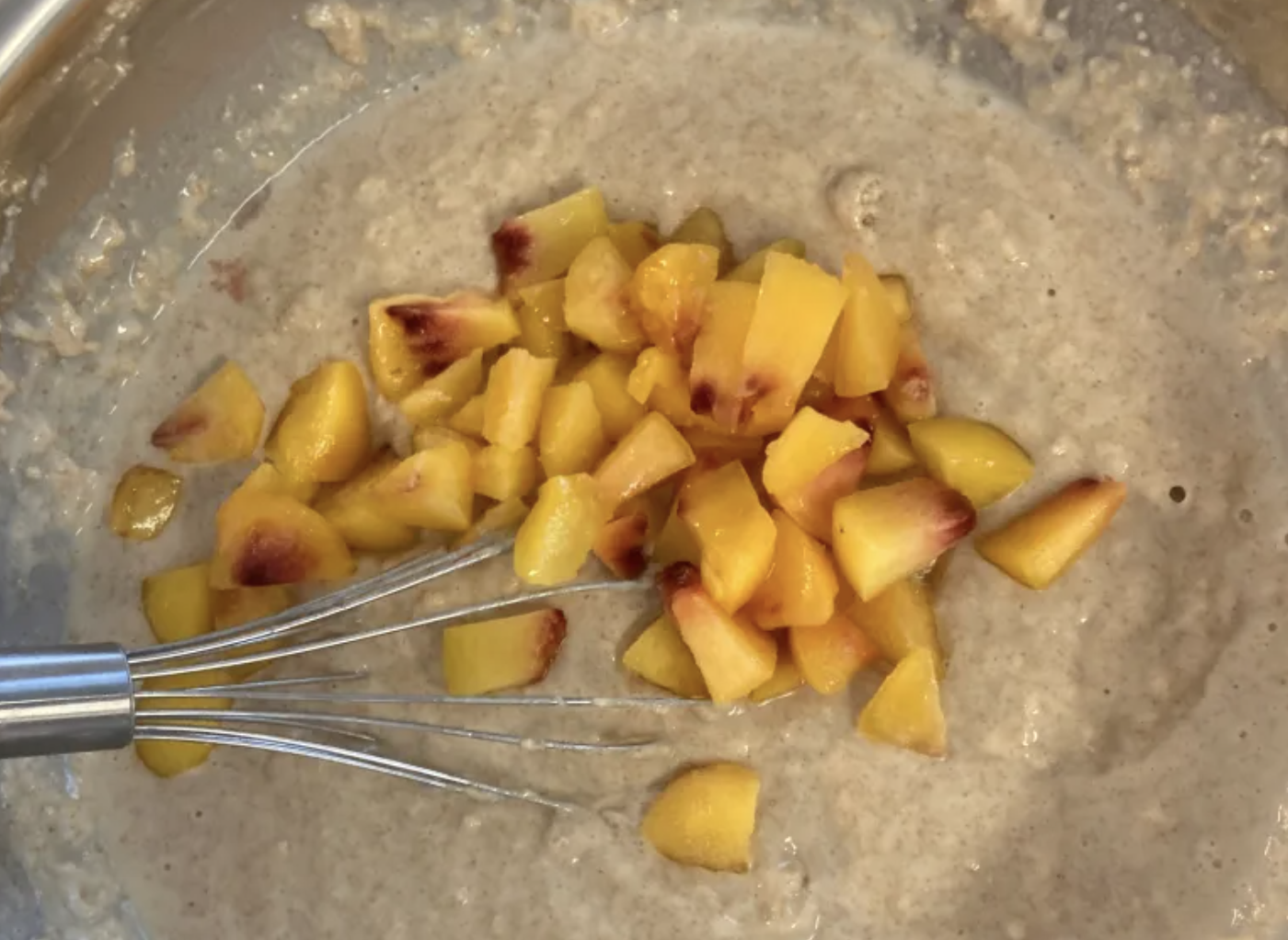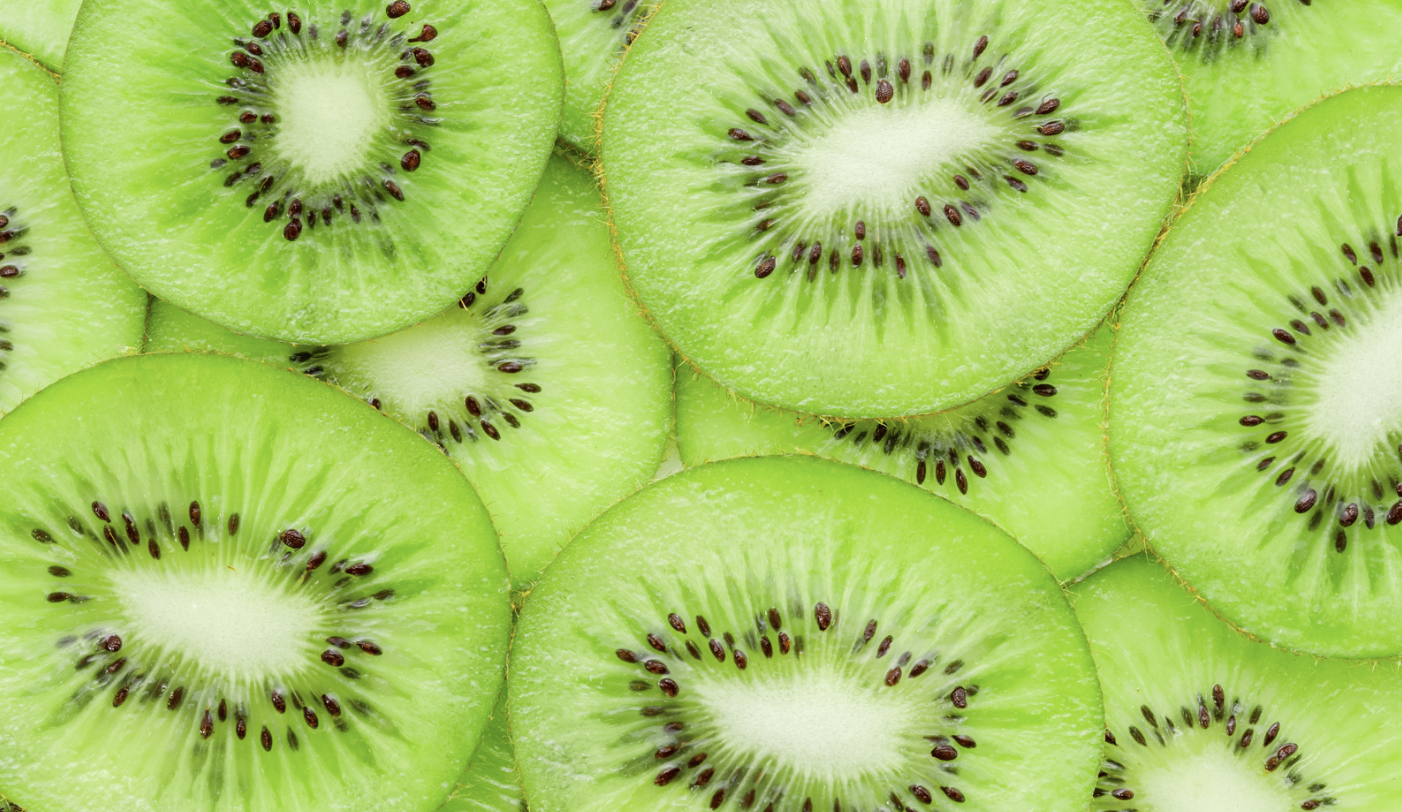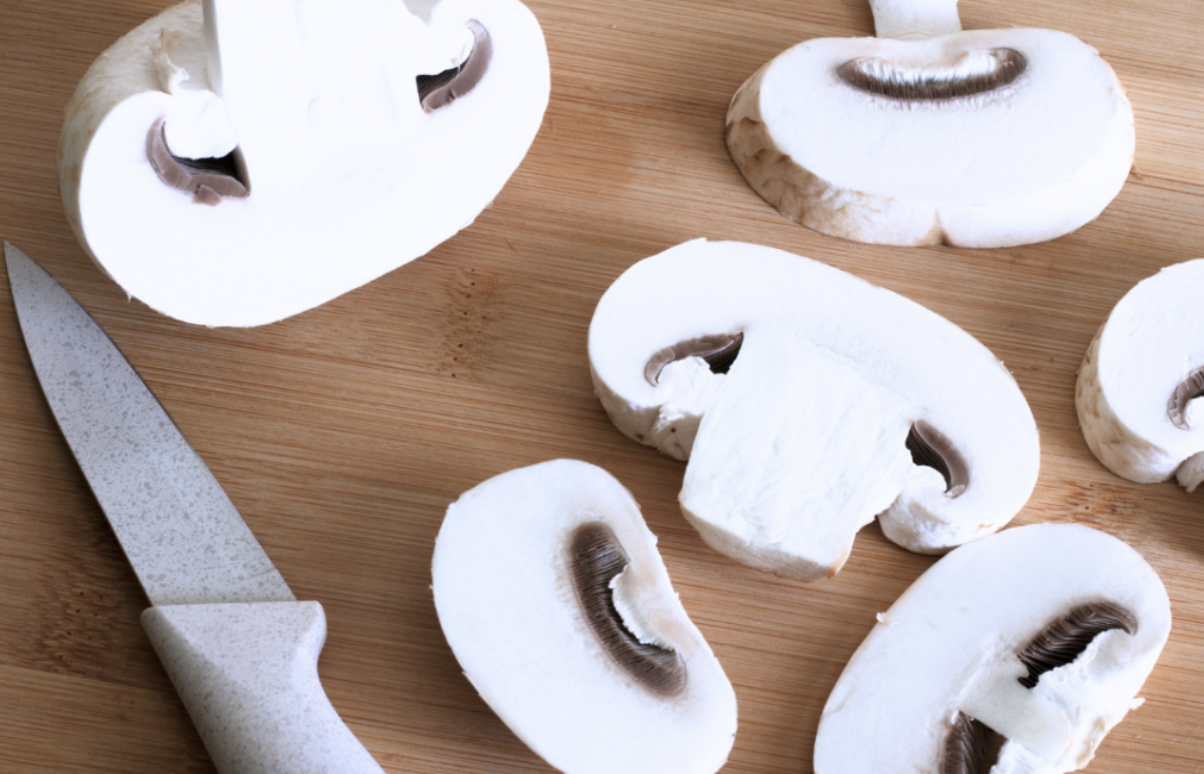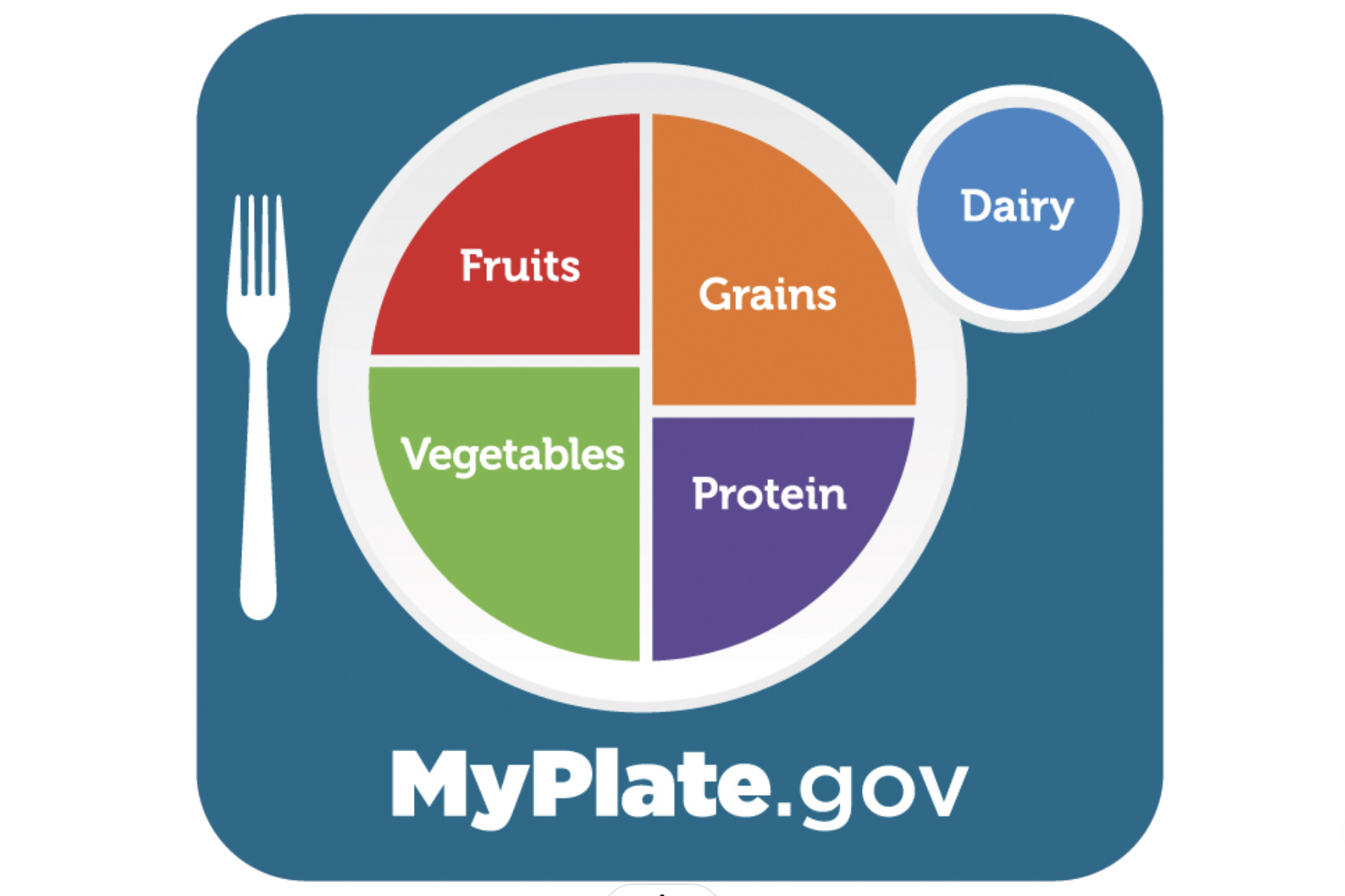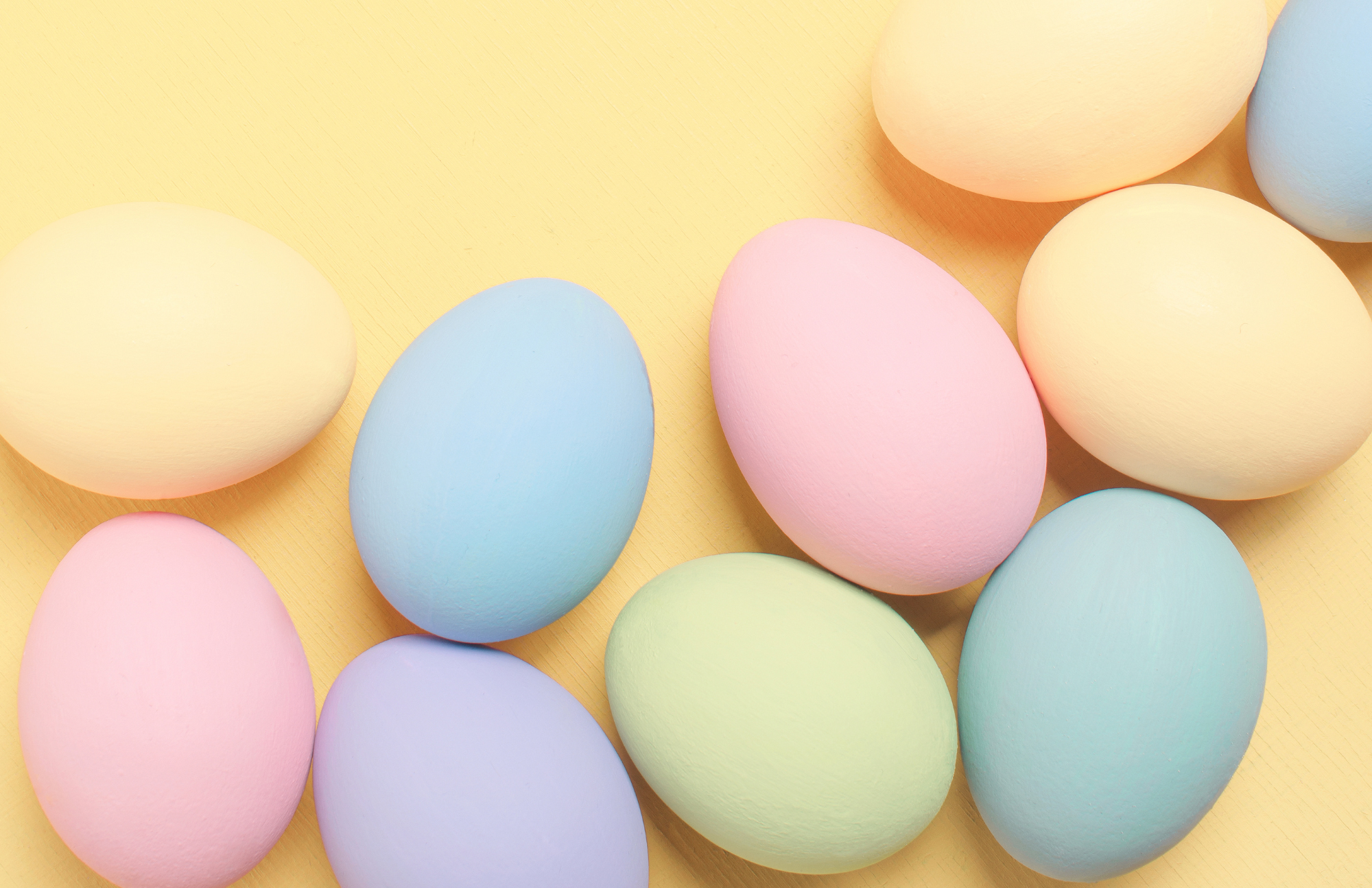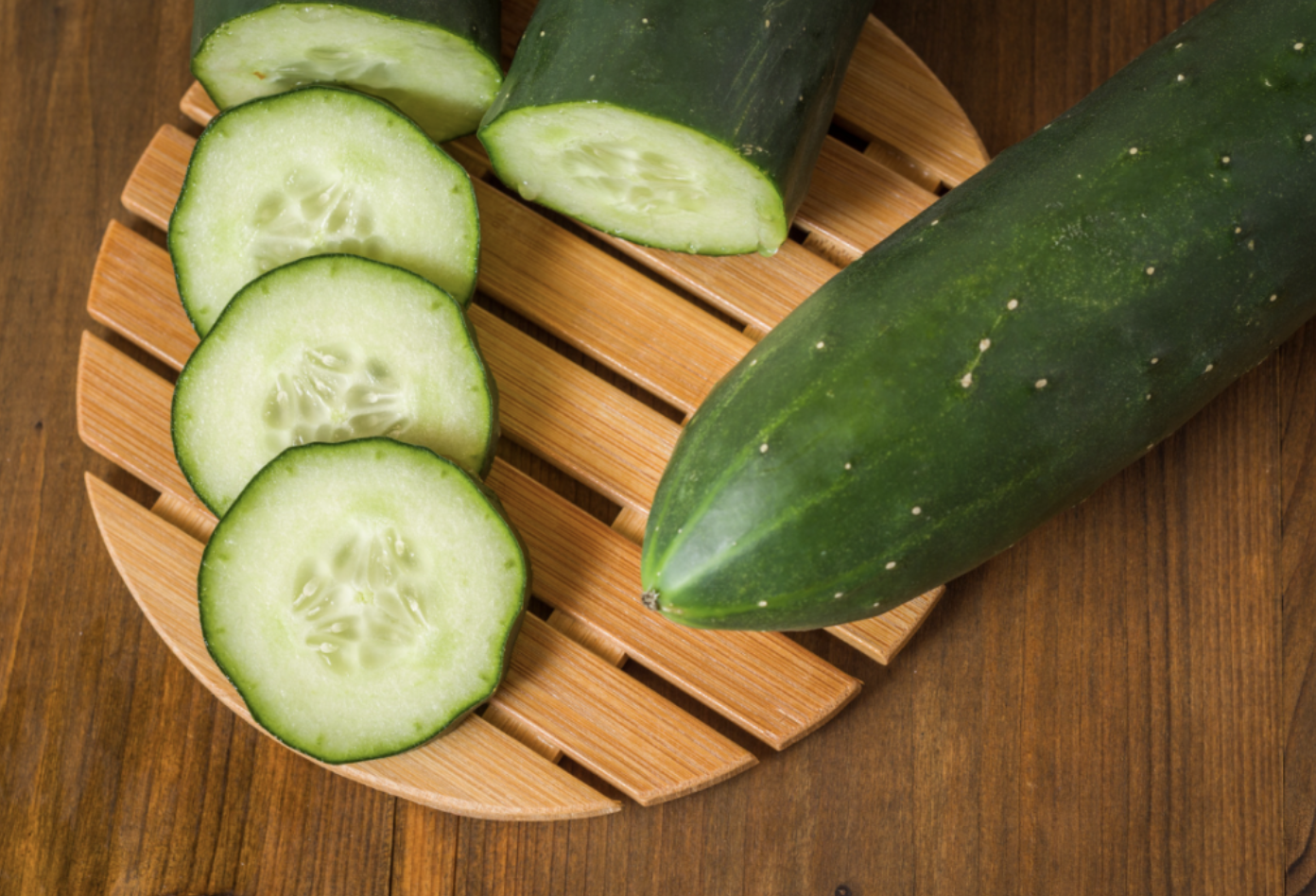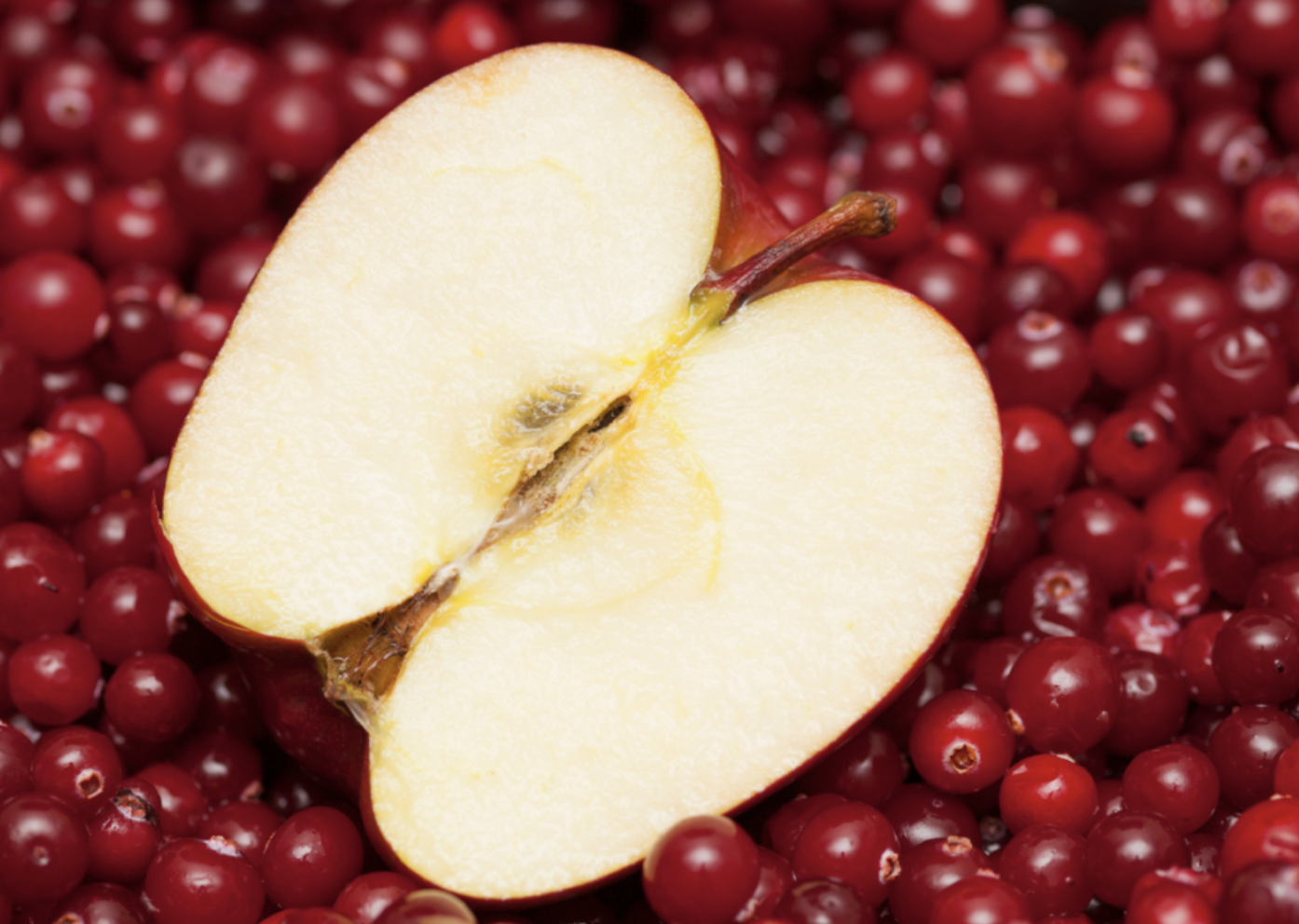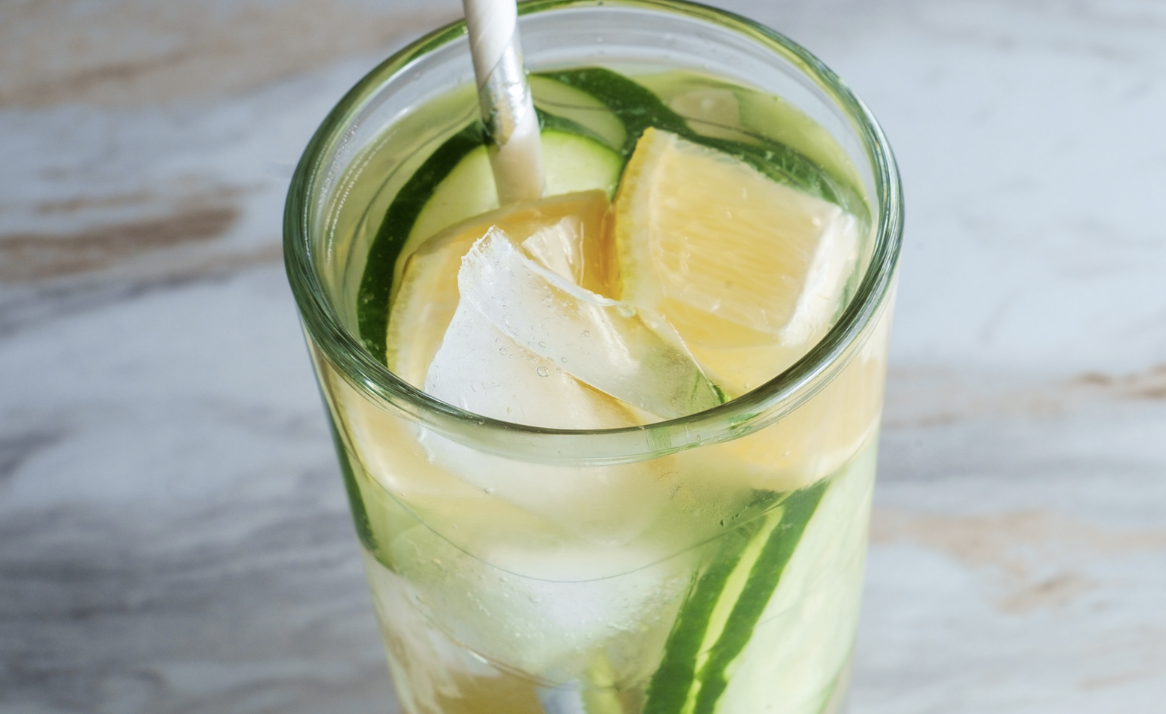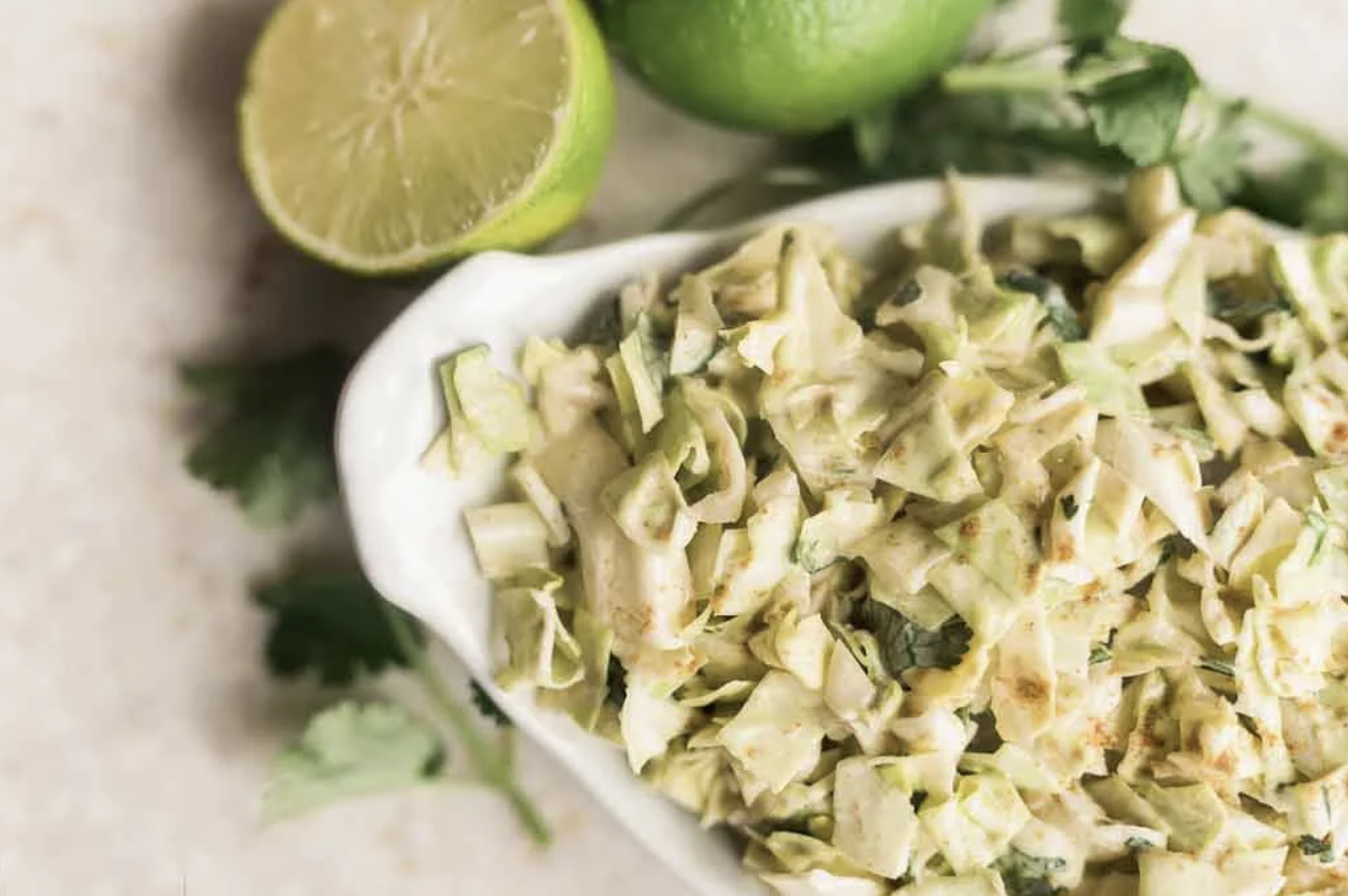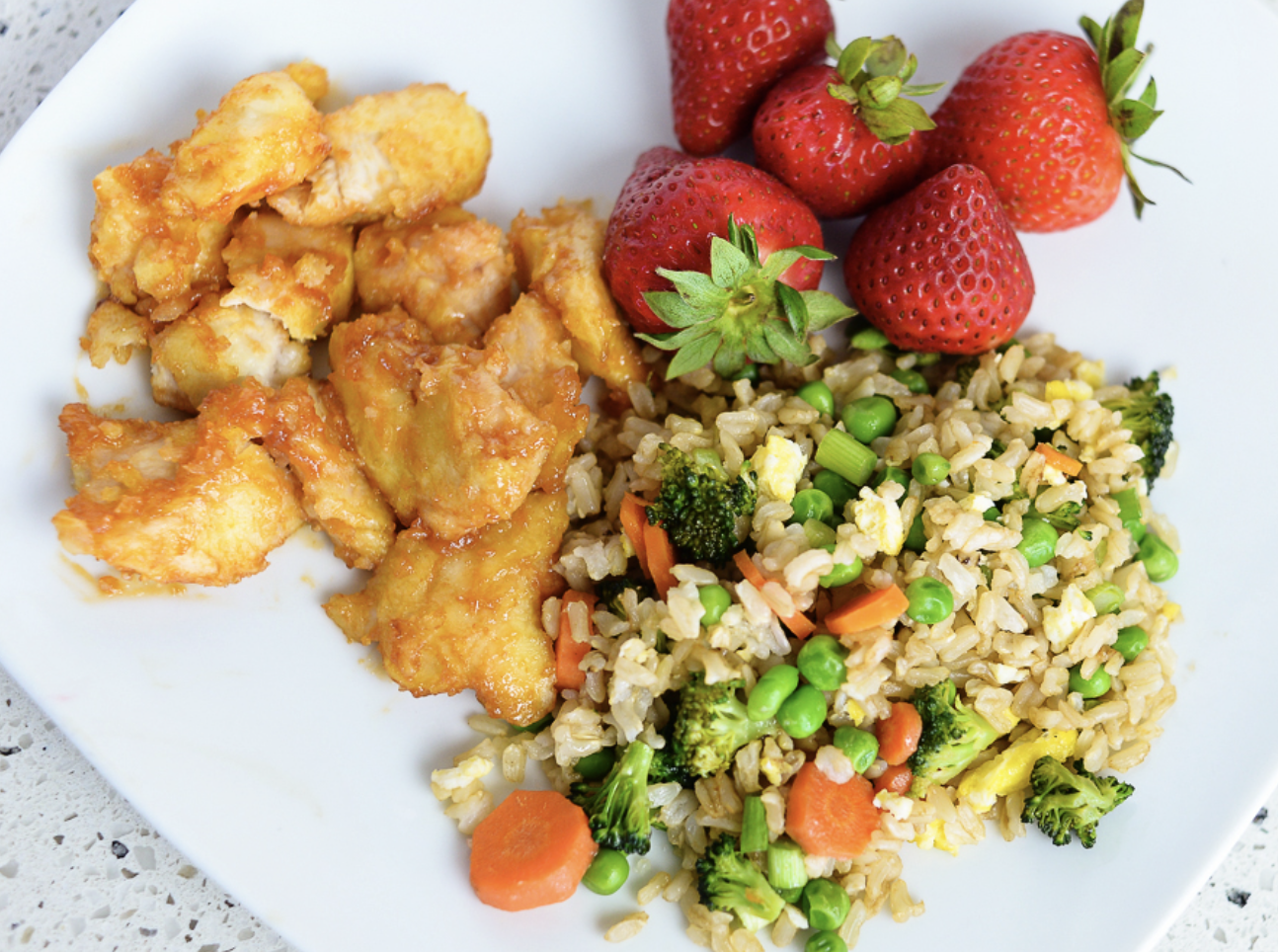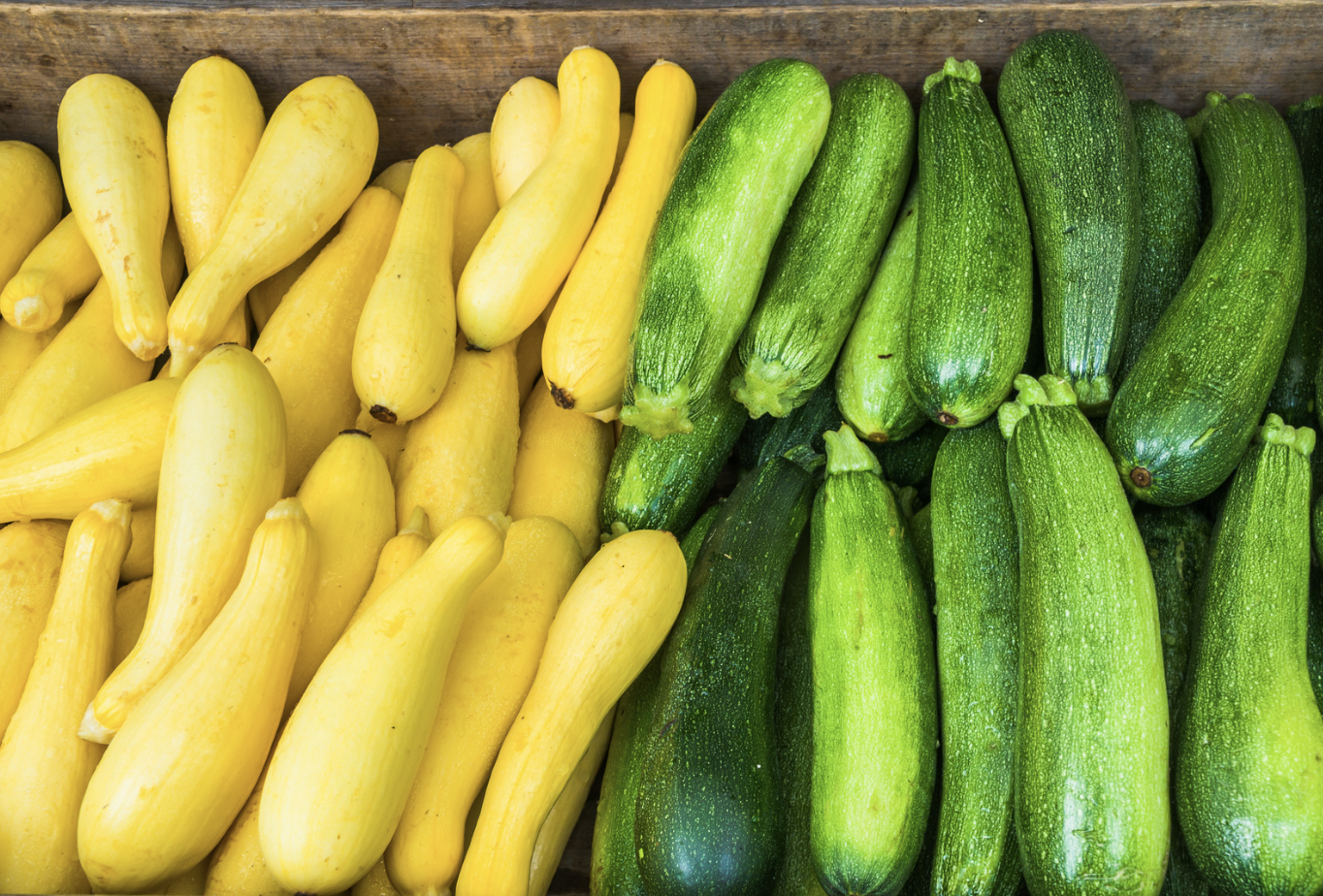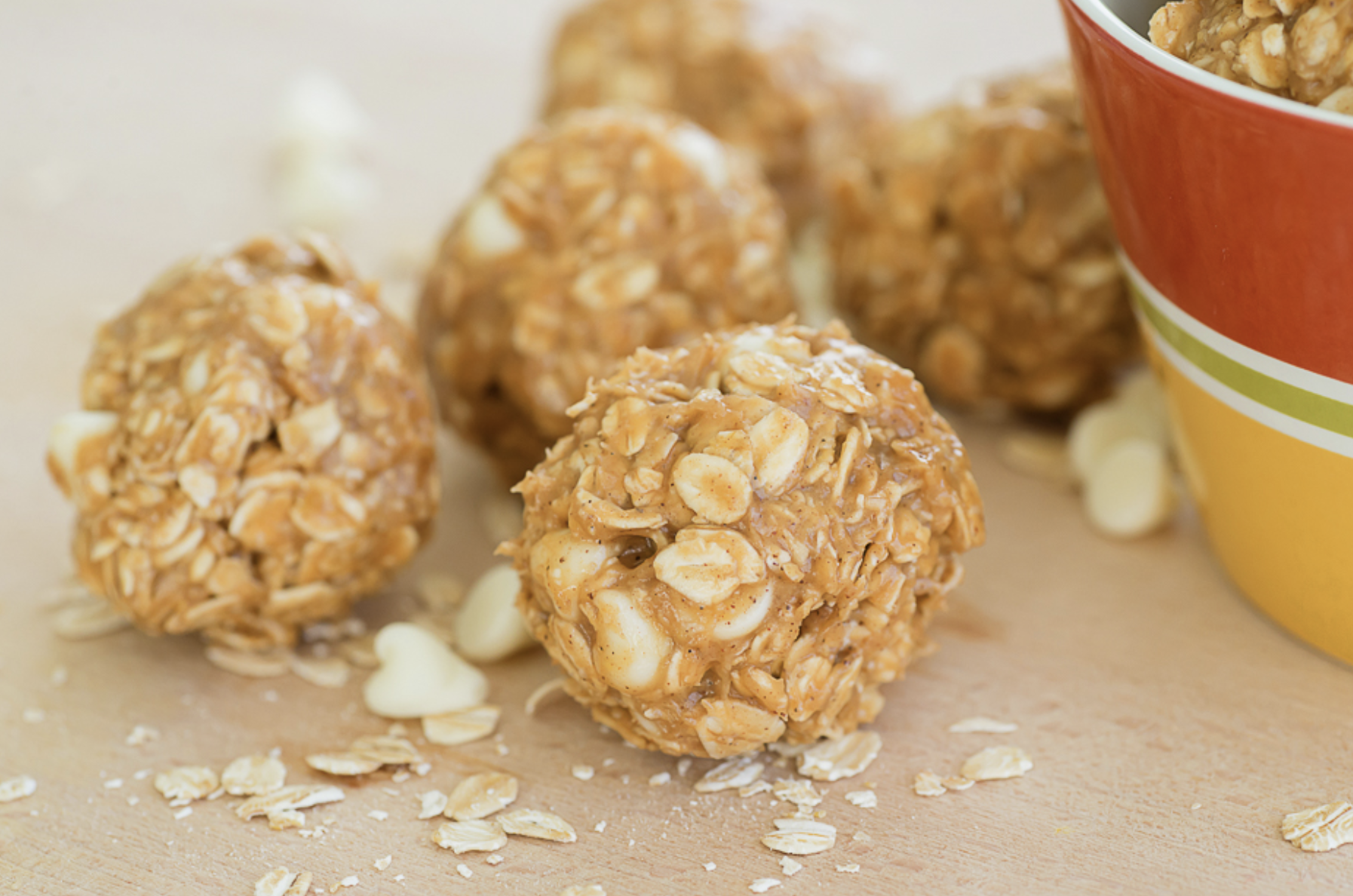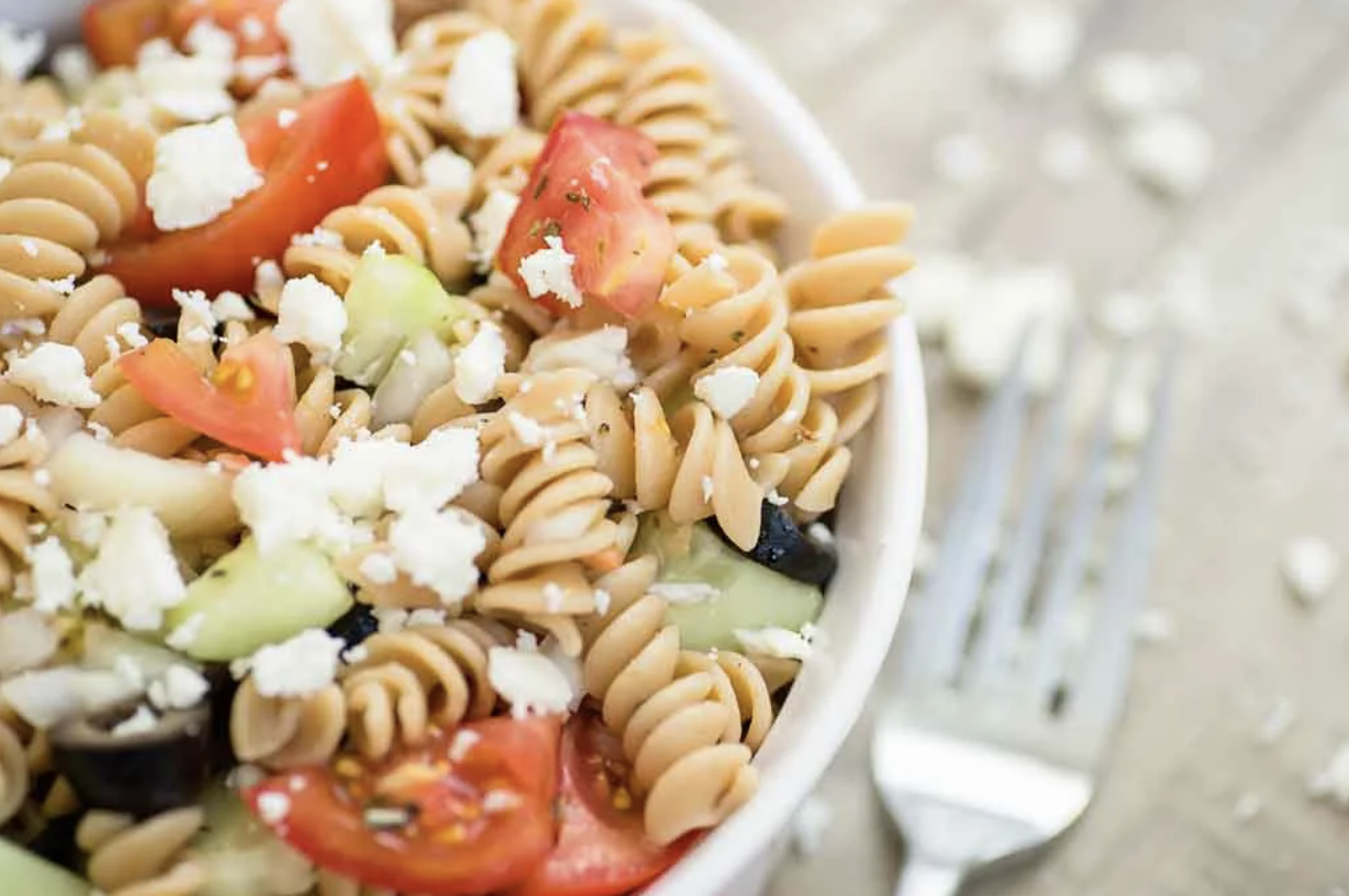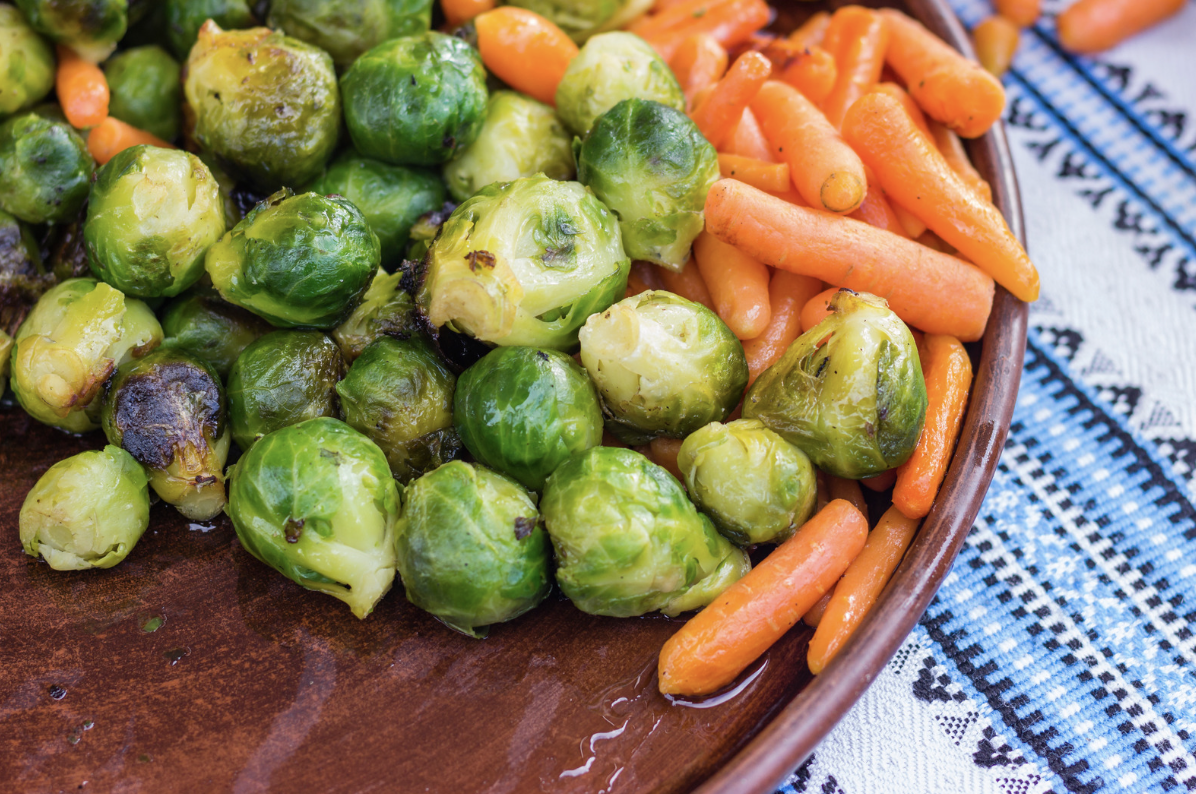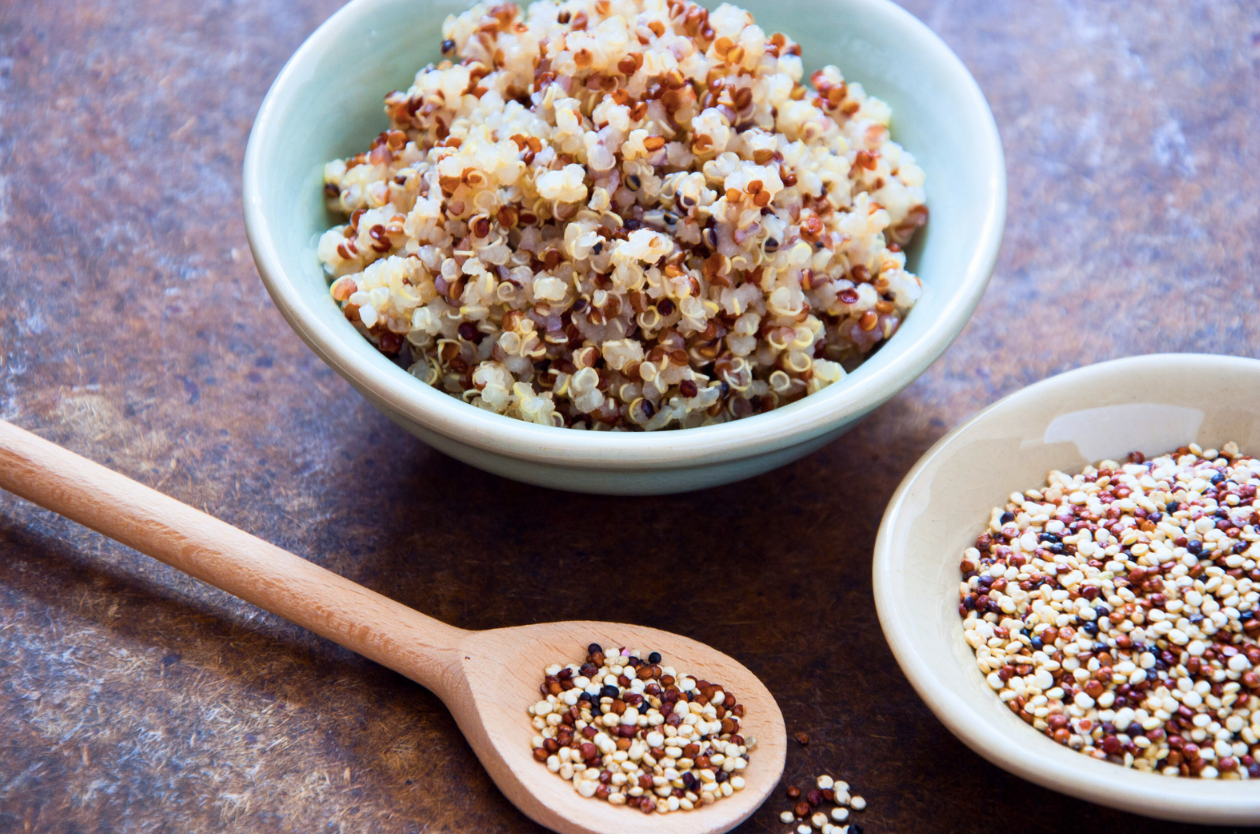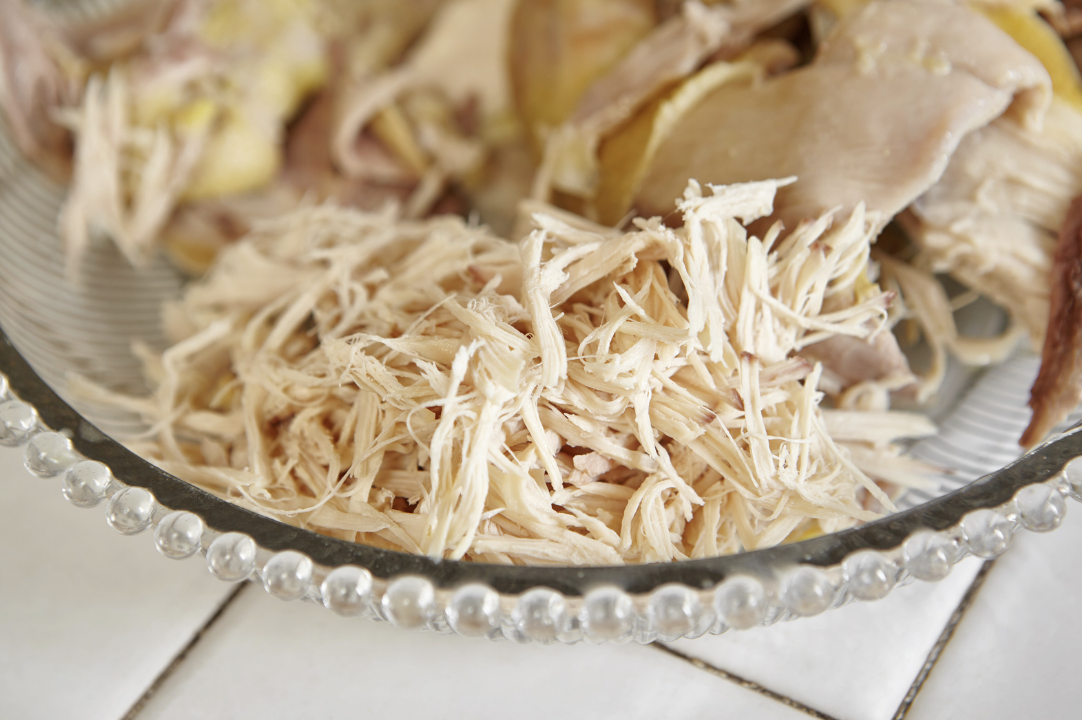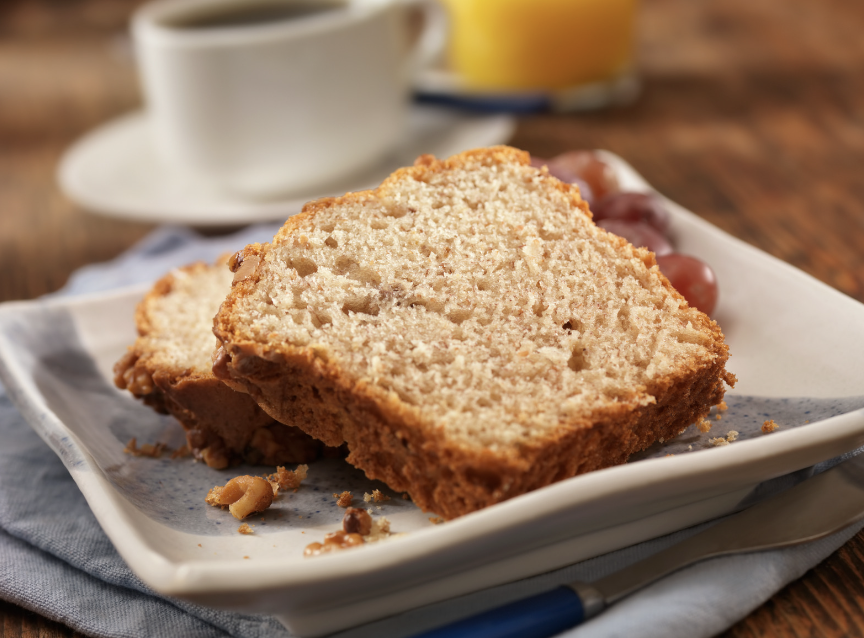Are Pineapples Berries? Plus Bonus Tips and Tasty Recipes!

Have you ever stopped to wonder are pineapples truly berries? The answer might just surprise you. In this post, we delve into the facts, tips, tricks and recipes that showcase pineapples. Let's dive in!
Are Pineapples Berries?
Yes, pineapple is considered a type of berry. It is classified as a multiple fruit, which means it develops from the fusion of multiple flowers into a single fruit. The individual "scales" on the surface of a pineapple are actually individual flowers that have fused together.
So, while it might not fit the typical image of a berry, pineapples do fall under the definition of a berry!
How Does Pineapple Grow? And Other Fun Facts
How Does Pineapple Grow? Pineapples grow from the top portion of mature fruits called "crowns." After about 1-1.5 years, the plant produces flowers at the top. Each flower becomes a small fruit, which fuses with others to form a pineapple. The fruit changes from green to yellow as it ripens.
Bromelain: Have you ever had a sore mouth from eating too much fresh pineapple? Did you know, this could be caused by an enzyme called bromelain. It is found in large quantities in fresh pineapple. Canned pineapple has been treated with heat and no longer contains bromelain. If you're looking for a way to enjoy pineapple without a sore mouth, choose canned pineapple.
Tropical Origin: Pineapples are native to South America and were spread throughout the world by explorers and traders.
Ananas comosus: The scientific name for the pineapple is "Ananas comosus." "Ananas" is derived from the Guarani word for the fruit.
Nutrient Rich: Pineapples are rich in vitamin C, manganese, and dietary fiber.
Tips to Getting the Most Out of Your Pineapple
Choosing a Ripe Pineapple: Look for a pineapple with vibrant green leaves and a sweet aroma at the base. The fruit should feel slightly firm but not overly hard.
Choose a pineapple that feels heavy for its size. This can be an indication of juiciness.
Give the base of the pineapple a gentle sniff. A ripe pineapple will have a sweet, fragrant aroma at the stem end. If it smells sour or has no aroma, it might not be fully ripe.
Enhancing Flavor: Sprinkle a bit of salt, chili powder, or lime juice on freshly cut pineapple to enhance its natural sweetness and flavor.
Multiple Uses: Pineapple can be eaten in many different ways. Eat it plain, add it to salads, grill it for a kabob, or cook it in a casserole.
Can Pineapple Be Frozen?
Yes, pineapple can absolutely be frozen. Freezing pineapple is a great way to preserve its freshness and enjoy it later in various dishes and recipes. Here's how you can freeze pineapple:
1. Prepare the Pineapple:
- Choose ripe pineapples. They should have a sweet aroma and slightly firm texture.
- Peel the pineapple and remove the core.
- Cut the pineapple into chunks, slices, or whatever shape you prefer.
2. Freezing:
- Arrange the pineapple pieces in a single layer on a baking sheet or tray.
- Place the tray in the freezer for a few hours until the pineapple chunks are frozen individually.
- Once the pineapple is frozen, transfer the pieces to a resealable freezer bag or an airtight container.
- Squeeze out excess air from the bag before sealing it to prevent freezer burn.
- Label the bag with the date for reference.
3. Storage:
- Frozen pineapple can be stored in the freezer for up to 6 to 12 months.
- To use the frozen pineapple, simply take out the desired amount from the freezer bag and use it in your recipes. There's no need to thaw it before using it in most cases.
4. Usage:
- Frozen pineapple can be used in smoothies, desserts, baked goods, and various savory dishes.
- It's versatile and adds a refreshing tropical flavor to your creations.
Remember that freezing can slightly alter the texture of the pineapple, making it a bit softer once thawed. However, it will still be delicious and usable in a variety of recipes.
Our Favorite Pineapple Recipe: Pineapple Sweet and Sour Chicken
Here at Create Better Health, we like to find unique ways to add fruits and vegetables to meals. This recipe does just that. It is loaded with lots of fresh veggies and a can of pineapple. Serve it over brown rice to make it a complete MyPlate meal!
First, chop all your veggies: 1 green pepper, 2 carrots, 2 stalks of celery, and 1 onion.
Next, make the sauce. Combine the pineapple juice from the can, water, vinegar, brown sugar, ginger, and cornstarch. Stir until combined.
Cut the chicken into cubes, and saute it in olive oil over medium-high heat until cooked through. Add in your vegetables and continue to sauté until they are al dente. Al dente means firm to the bite. This is in between mushy, overcooked, and hard, undercooked.
After that, add the sauce and keep stirring until it has thickened.
Serve over rice and garnish with pineapple chunks. Enjoy!
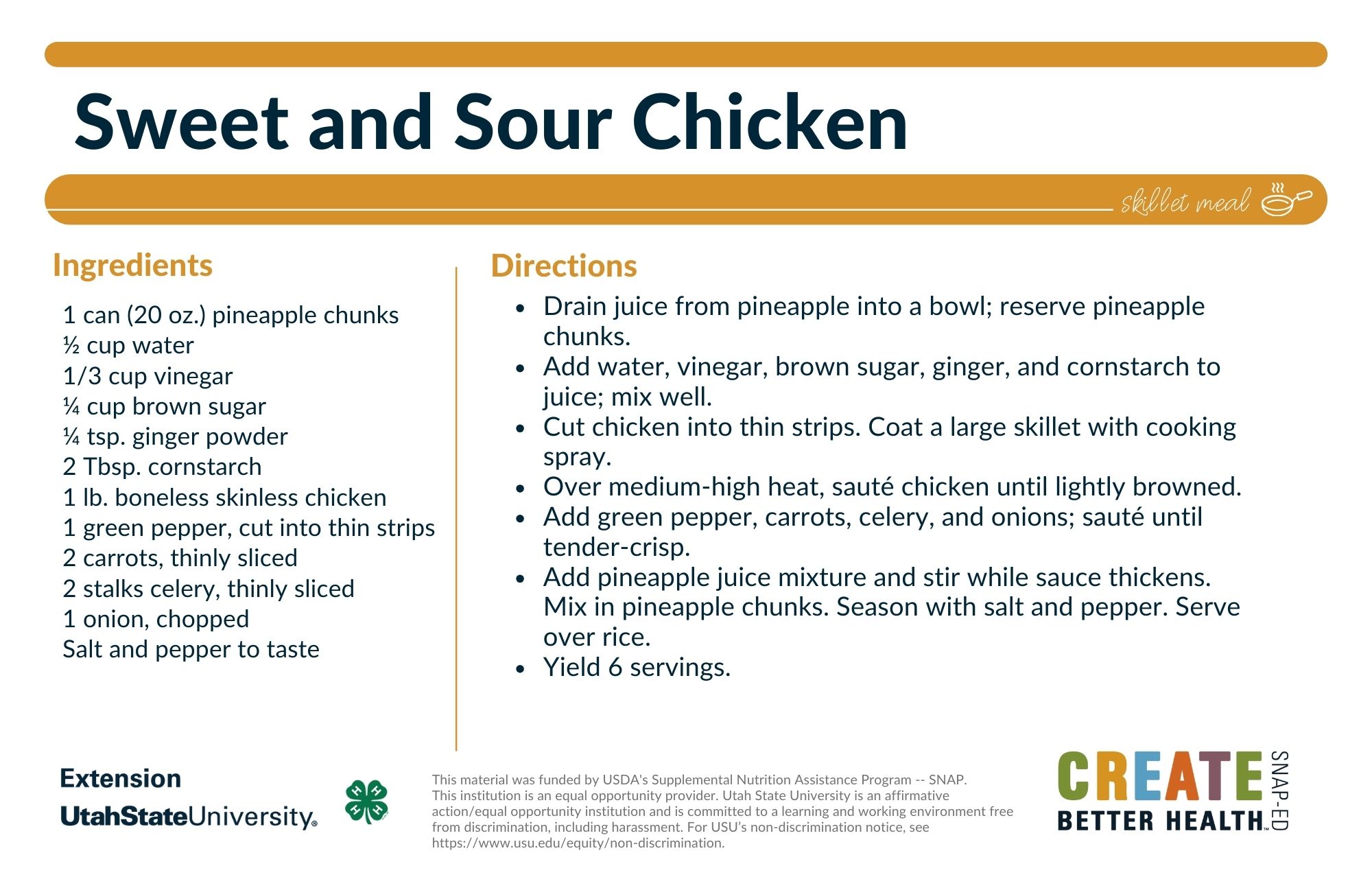
If You Liked This Post, You Don't Want to Miss These!



